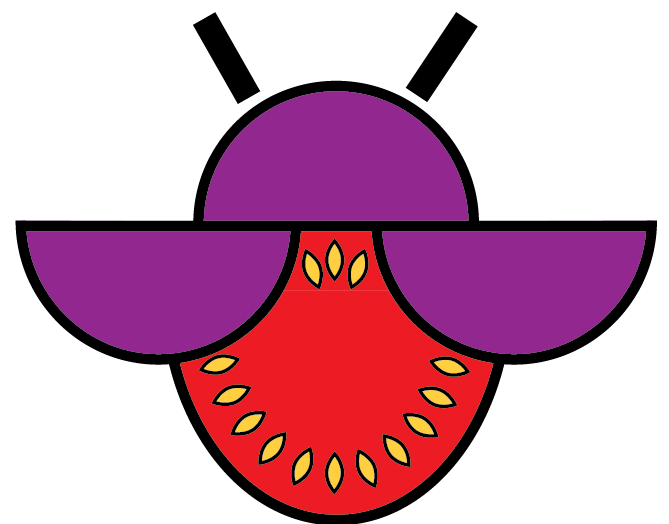
Squirrels and birds get most of our fruit. Blueberries are especially bad with birds getting almost all of of them every year. Once the squirrels discovered figs last year we lost most of those too. We can’t enclose every tree on the property but we decided to build a fruit cage around the blue berries, raspberries, and the potted figs. The cage took the form of a 28′ by 32′ structure near the end of our property. The roof of a fruit cage has to be removable where you get any snow or ice since snow will quickly weigh down and break any form of netting that is laid flat unless it is supported with a significant structure. We decided to use 1/4″ galvanized hardware cloth for the walls with pressure treated 4X4s spaced 8′ apart. The posts could be anchored in concrete, but ours are not and seem sturdy enough.
There is a pressure treated 2X6 screwed to the bottom of each 4X4 post and a pressure treated 2X4 screwed to the top. In order to make sure the top of the posts were all at the same level we used a laser level in the evening when we could see the level line across all the posts. We marked the posts and used the marks as the starting point for the hardware cloth. We first stapled the hardware cloth to the posts with a pneumatic stapler and then added the 2X6s and finally the 2X4s.
The 2x4s on the top along with plastic tops over the top of the posts help provide an easy surface to attach the bird netting that goes over the top.

In order to support the netting and the sprinklers we use for overhead irrigation we ran 12 gauge galvanized steel wire between anchors set at the top of each post. The anchors allow the wire to pass through from the back, but not be pulled back. They make fast work of running the wire. There are 3 wires running in each direction. One trick is to pull the wires tight, but not so tight that you bend the posts.

After the walls and wire were up we put the netting over the top. Finding netting in exactly the shape we wanted was impossible with out paying a few hundred dollars for a custom net, but we found a 100′ X 12′ net for around $150. We cut this into three equal sections and it worked really well. It would have been hard to cover the whole cage in one net, but putting the three on was not bad. They are overlapped with one end of each tied to a wire and the other tied to the neighboring piece of netting. We used reusable zip ties so we can take them off and reuse them in the winter. The ends are hooked onto the 2X4s using simple 2″ galvanized nails. The net hooks over the nails and extra netting can be hung from the nails too.




A door is obviously needed so we used 2X4s with hardware cloth in the middle. We also added a threshold to create a fairly tight seal and not create a space that would allow squirrels to get through. The 2X4s are joined with L brackets and reinforced with screws. On the back of the door there are two 2X4s, one run down each side to stiffen the door.




Since the posts are 7′ to 8′ tall and the hardware cloth we used was 4′ wide there is a seem in the middle. To join them and close the gap we simply used 20 gauge wire twisted around both pieces of hardware cloth.

Inside the cage we have 2′ wide beds along the edges and 3′ wide beds in the middle. The aisles are 2′ wide and will be covered in mulch once everything is complete. In addition the remaining beds will eventually be filled with soil so we have the option of growing other plants in them as well. For now figs are covering most of the beds except the area with raspberries and blueberries.




With the blueberries ripening undisturbed this year the fruit cage is proving to be worth all the work.


